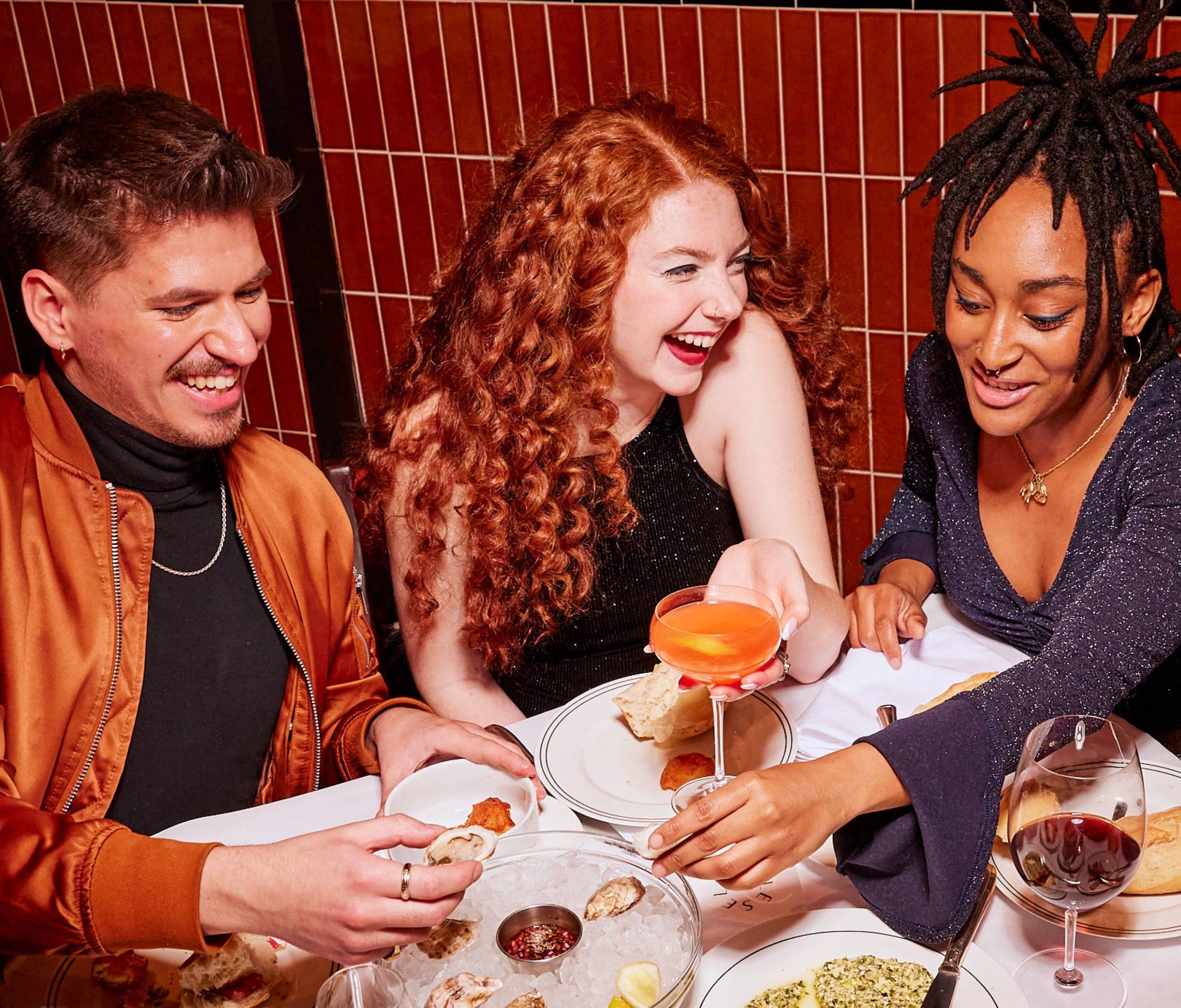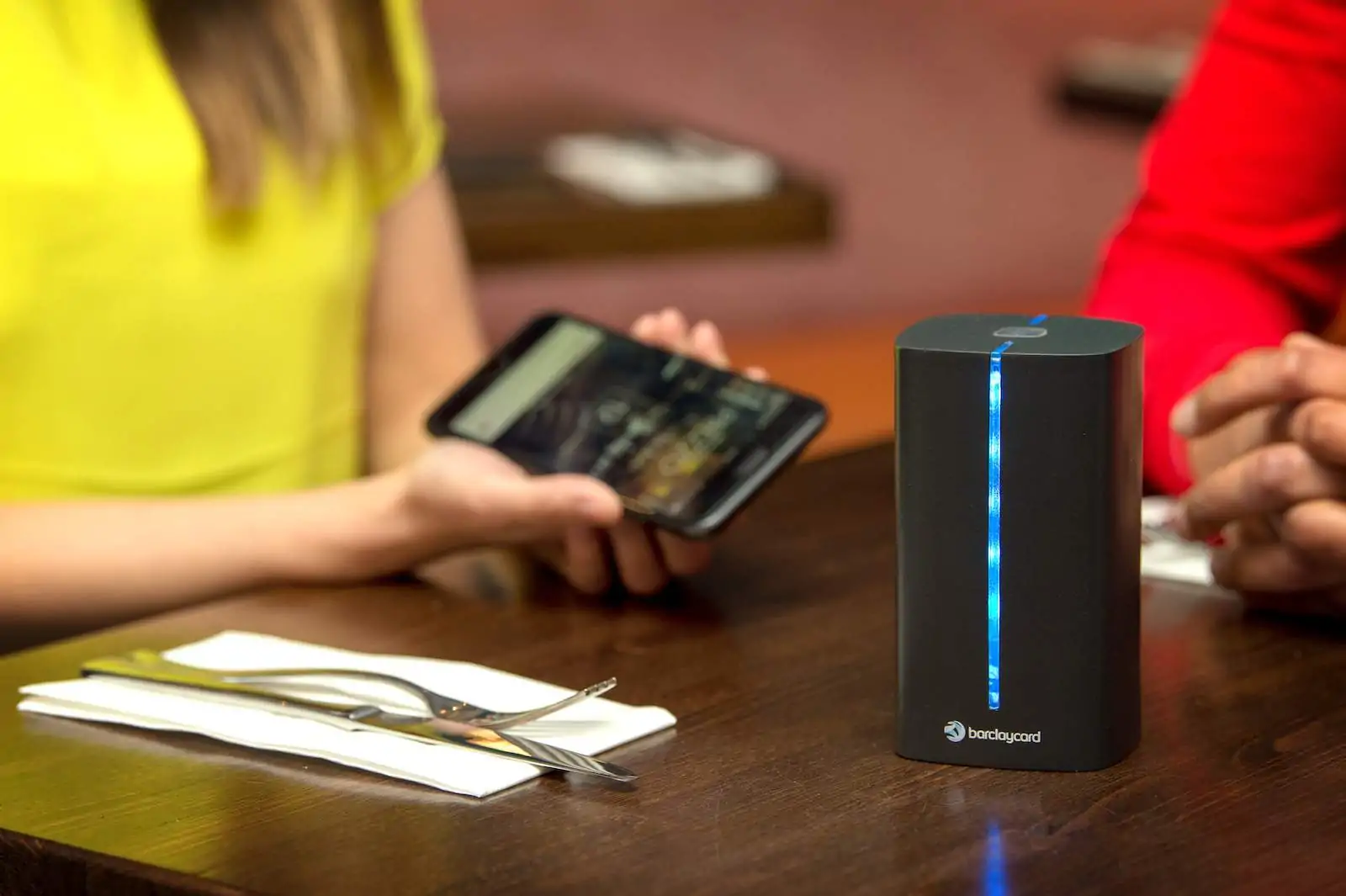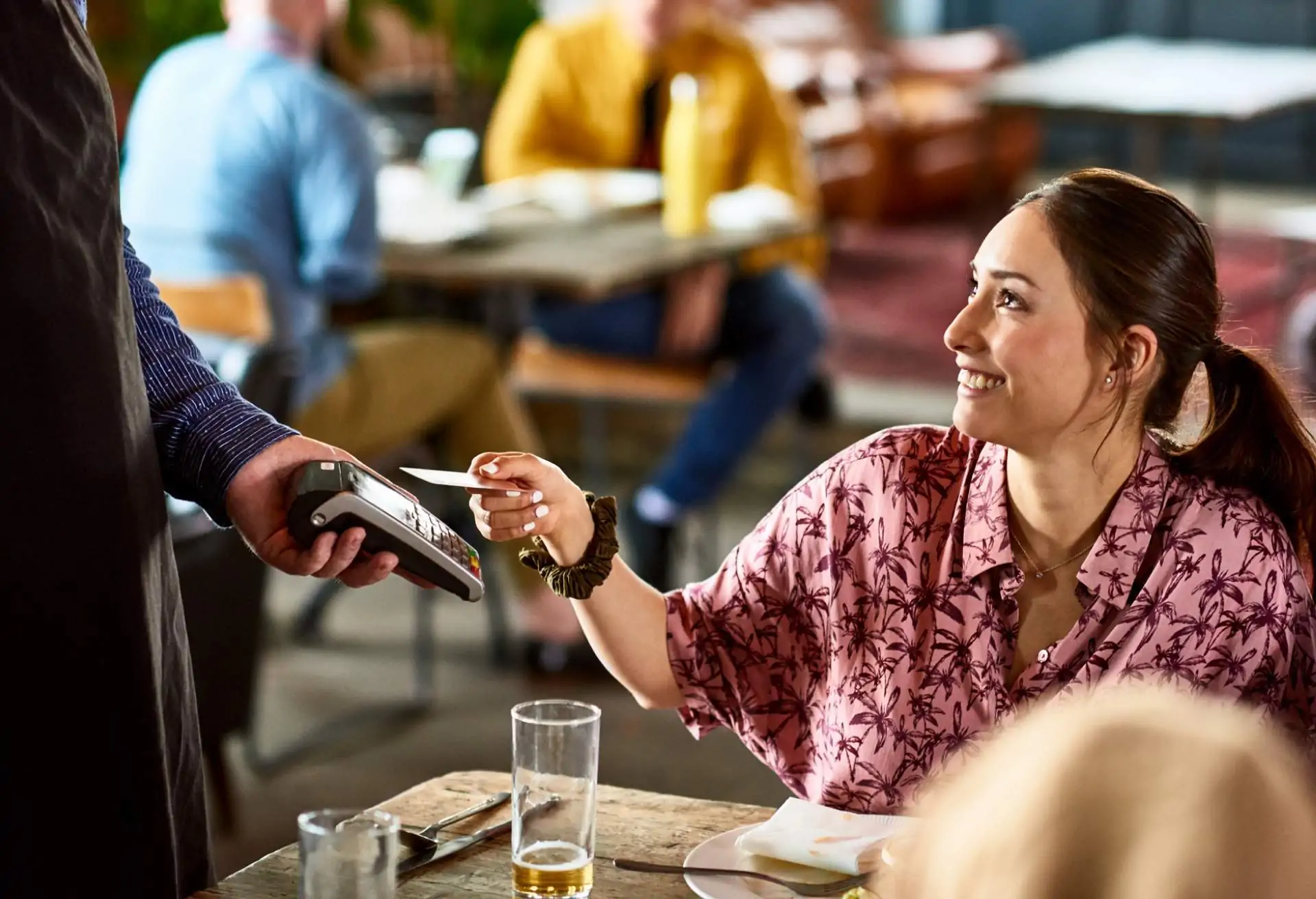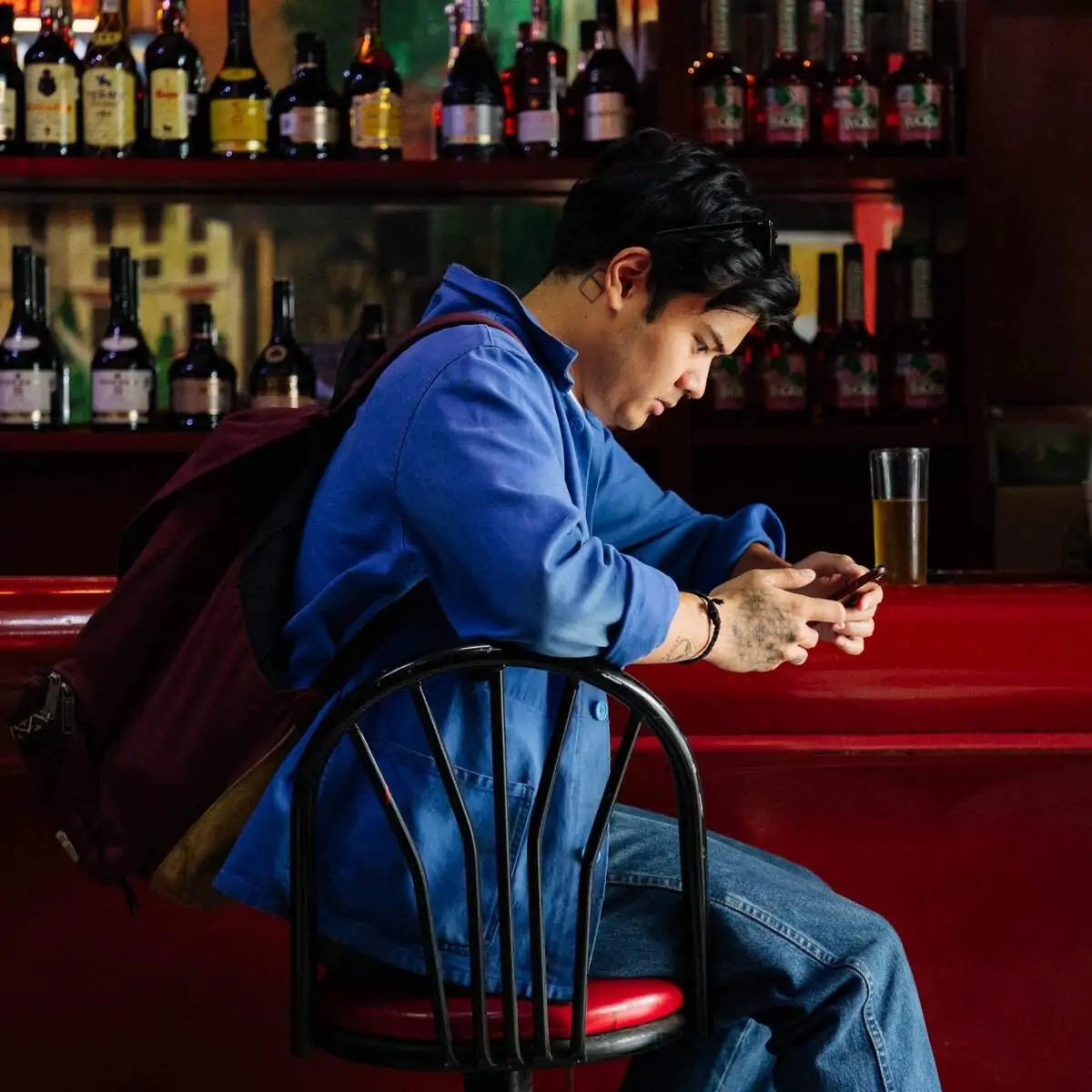When thinking about each stage of a restaurant’s interaction with its customers, often the last phase gets, well, the last thought.
In a recent survey carried out by Pizza Express, 69% of its respondents said waiting for the bill was the most frustrating part of eating out. So, as with many other things, do we consult technology to solve the problem?
That’s what we’re here to find out with a look at the innovations of ways to pay in restaurants.
Pizza Express certainly aren’t the only ones. Wagamama, Wahaca, and GBK, among others, employ similar streamlined payment options for their guests. As much as anything, it’s about keeping up with the growing pace of people’s busy lives, as Wagamama customer director Emma Woods says. ‘Customers are accustomed to one-click payments for online retailers and walk-out payments from Uber, but there hasn’t been an app offering all of these functions for restaurants – which is what we have created.’
A seamless way to pay
Pizza Express certainly has turned to technology. By teaming up with Flyt, the PoS company, the pizza chain was looking for a way to let customers eat, pay and up and leave within a minute of finishing their meal. The resulting system works a bit like a checkout on a delivery platform (considering the gains Deliveroo and other delivery apps are making over eating out, perhaps this is no surprise): when guests arrive, they enter their table number into the app. Then, their table orders are processed through said app, giving them the option to pay directly without the need for a traditional bill.
Pizza Express certainly aren’t the only ones. Wagamama, Wahaca and GBK, among others, employ similar streamlined payment options for their diners. As much as anything, it’s about keeping up with the growing pace of people’s busy lives, as Wagamama customer director Emma Woods says. ‘Customers are accustomed to one-click payments for online retailers and walk-out payments from Uber, but there hasn’t been an app offering all of these functions for restaurants – which is what we have created.’
More recently, Prezzo teamed up with Barclaycard to trial an Alexa-style system, where diners’ phones are remotely hooked up to a ‘totem’ that automatically takes payment for their meal as soon as it detects the diner has left the restaurant. In doing so, this system and others like it make the hassle of bill splitting and declined payments almost non-existent. Not to mention freeing up servers’ floor time to focus on other tasks or other tables.
Considering the human interaction
But of course, all too often a new technology allows one thing, but misses out on the virtues of something else. It may be that these ‘pay-at-table’ systems – however innovative – stifle the customer interaction that completes the eating out experience guests desire. Surely a detriment when so many restaurants use the payment stage constructively, as a good time to ask diners how their meal was, for example, or if anything could have been done differently. Or just to wish them well with the rest of their day.
Plus the way the market works – with uniquity and high-street competition often at the forefront – some restaurants have their own apps, while others may use any of the dozen or so pay-at-table platforms already available. This doesn’t exactly centralise everything into one easy package for the consumer. Contrary to the tech’s intentions, could it make paying for the bill even more complicated a process?
Whatever the case, these pay-at-table apps seem to be the most adoptable (and best received) method yet at facilitating payment. Other, somewhat more far-fetched ideas (such as paying with a smile via facial recognition) have sprung up, though they are met with much less interest.
Not always a one-size-fits-all approach
Is the future phone and app, or is chip and pin still the way? If restaurants can get at least one of those right in executing the desired customer experience, then – regardless of whether the jury’s still out – ultimately what works for one might not work for another.
Post updated on 28 March 2022




